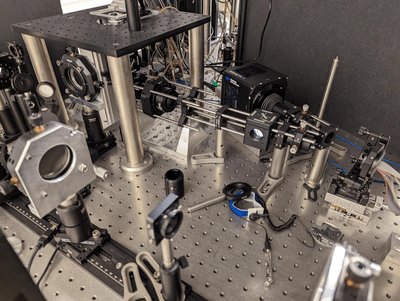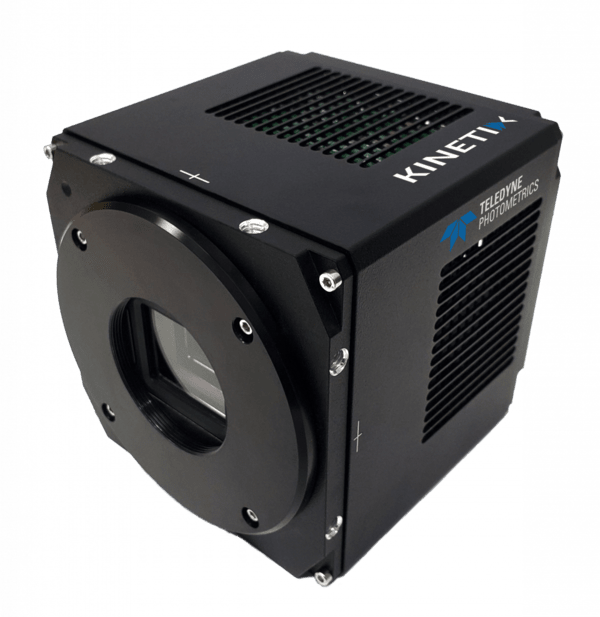Novel Structured Illumination Microscopy
Prof. Bernd Rieger
Department of Imaging Physics, Faculty of Applied Sciences, Delft University of Technology, The Netherlands
Background
Prof. Bernd Rieger works with applied physics at TU Delft, and tells us about his research, "We are an applied physics and engineering group researching computational microscopy and building microscope systems, improving spatial resolution and temporal resolution of imaging systems. We start with empty optical tables and then build our systems."
"Over the last two years, we have been developing new ideas, including novel structured illumination microscopy (SIM) methods such as SIMflux and SIM using single-mould fibres. Typically, in SIM you shift and rotate a pattern mechanically, which limits the speed. We have used fibres to generate these patterns and can change the pattern in the kilohertz range."
Prof. Rieger's work with SIM pushes the boundaries of high-speed super-resolution imaging.

Figure 1: Images from the lab of Prof. Bernd Rieger, Delft University of Technology. The Kinetix sCMOS is fully integrated into a novel SIM imaging system, allowing for high-speed super-resolution imaging
Challenge
With SIM being a high-speed technique, the overall imaging speed of the system is vital. Prof. Rieger commented on bottlenecks in this speed, "Our acquisition rate was camera limited, so the quicker the camera, the better the result, and the quicker we can run our experiments. We need a high-speed camera to avoid a bottleneck in our system."
With multiple novel SIM-based techniques in development, it is also important to have a flexible imaging solution that can be used on a range of different systems, "The camera is not for one application but flexible for the ideas we develop, we also want a camera for SIMflux, structured illumination together with localisation microscopy."
As well as speed, FOV is also beneficial for high-throughput imaging, meaning the ideal solution would combine high speeds with large FOV, allowing for high-speed imaging across a large area.
We bought the [Kinetix] camera because it has a larger field of view and is quicker than the competition, both EMCCD and CMOS cameras.
Bernd Rieger
Solution
The Kinetix is a revolution in CMOS technology, imaging at extreme speeds with a large FOV and high sensitivity. Prof. Rieger told us about his experience with the Kinetix, "We wanted to use the Kinetix because it is quick, and you still get a good picture across a large FOV, which pairs well with our techniques such as SIMflux."
"We also use a range of software including MATLAB so we need a flexible solution... The camera specs came through just as the spec sheet claimed, the Kinetix worked well."
The combination of hardware and software flexibility, along with the unmatched combination of speed and FOV, results in the Kinetix being a very high-throughput solution to demanding imaging techniques such as SIM.
